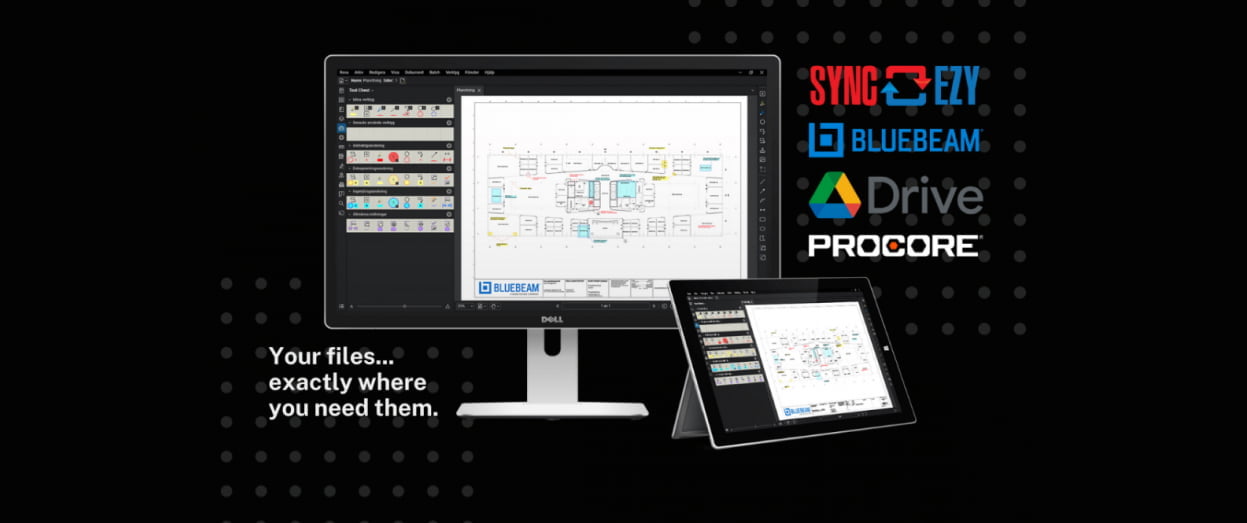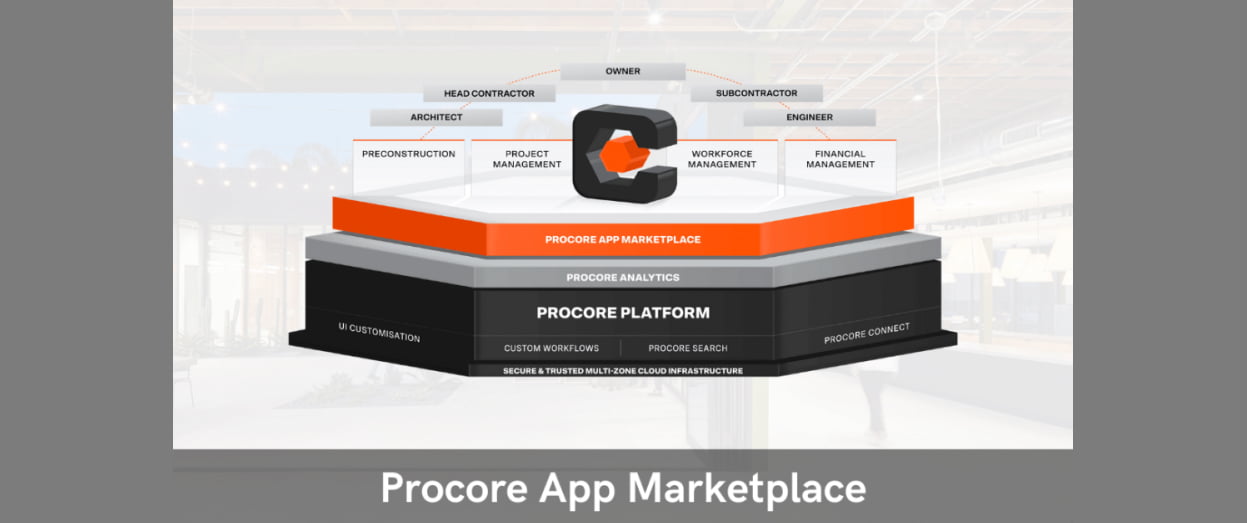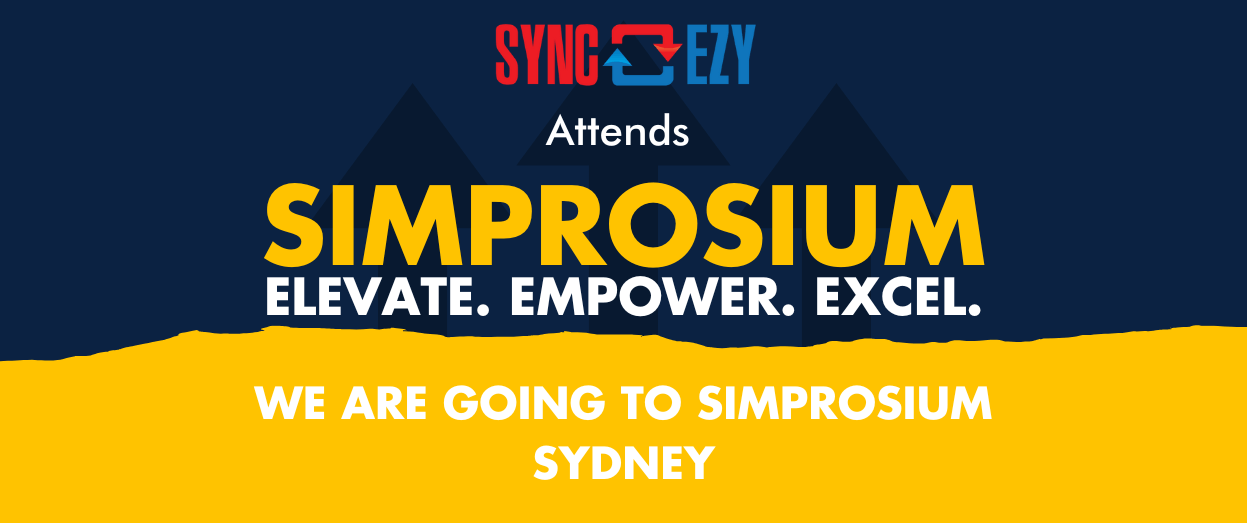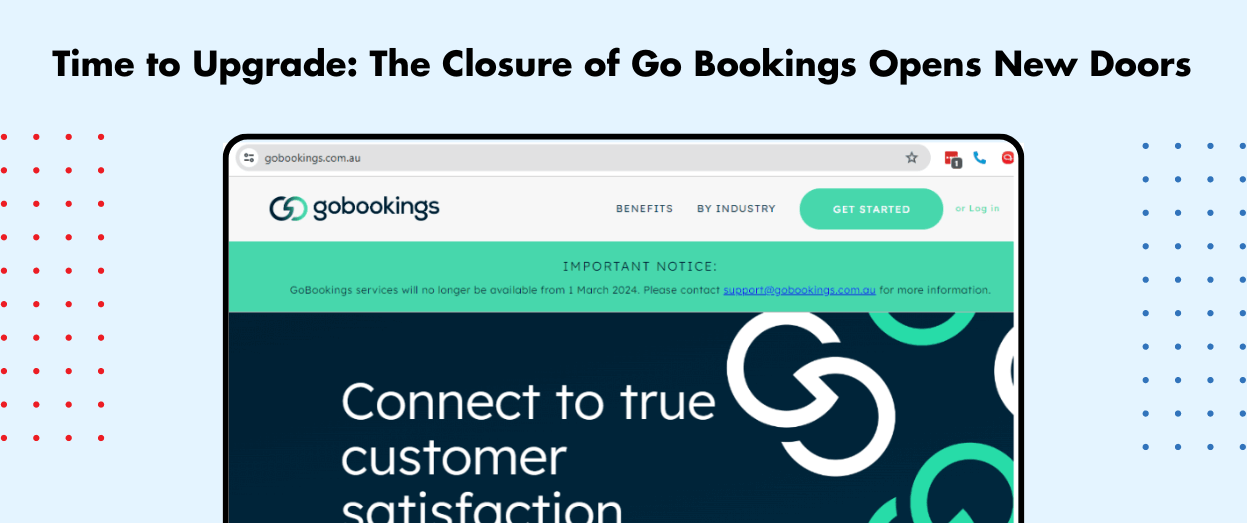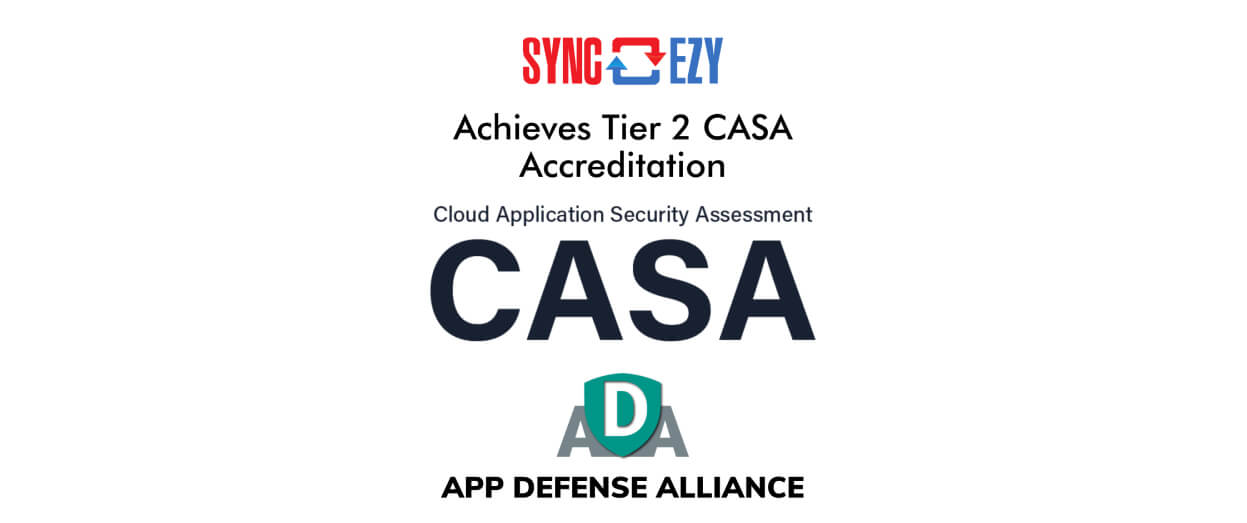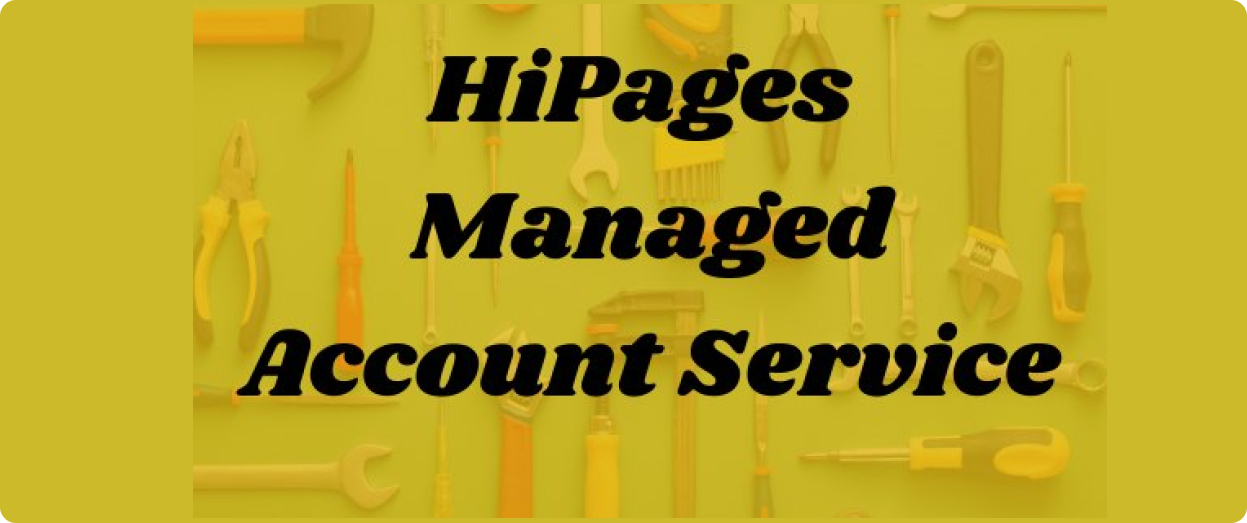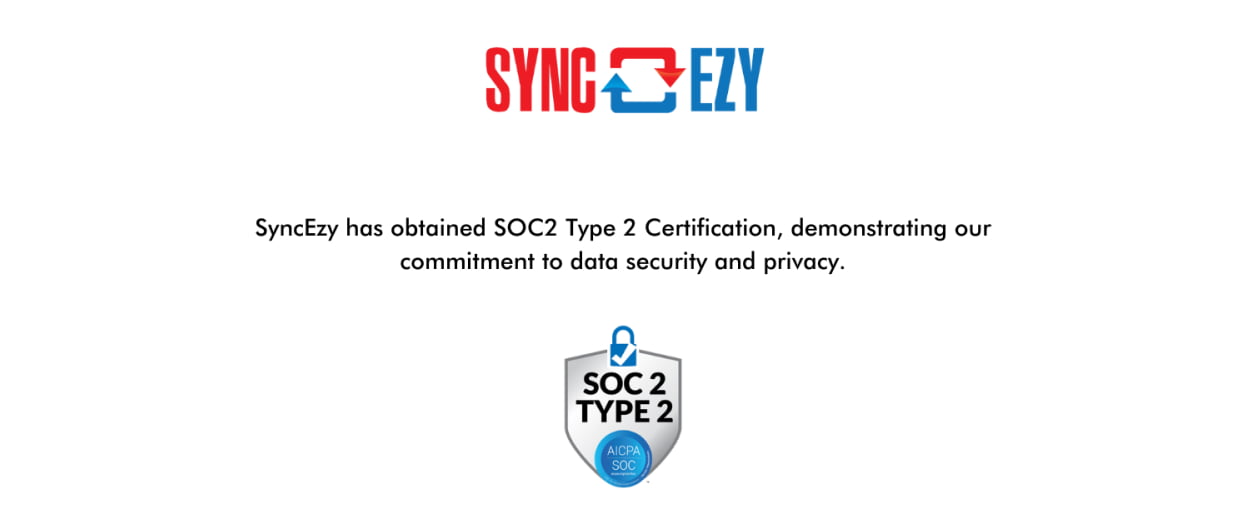
Hari Iyer | SyncEzy
CEO6 Min Read
Mar 29, 2022
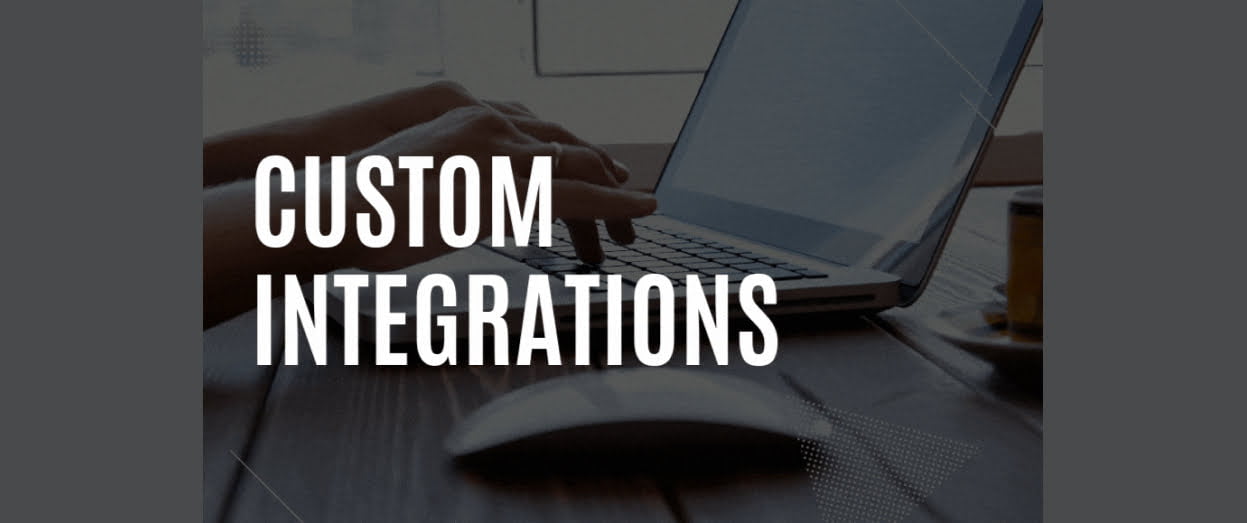
If you are reading this page, chances are that you are looking to connect two business applications and are looking for some cost estimates on what the integration would cost. We wrote this post to save both of us a bunch of time. At SyncEzy, integrations between business apps are the core of what we do, after all, Sync is our first name.
We get this most important question often “so how much does a typical custom integration cost?”.
The answer is, it depends. Like what’s the cost of a house? It depends, what does a house mean to you, a small studio apartment or a 10-bedroom mansion with stables and servant quarters?
In general, the following costs apply for a custom integration:
Pilot Fee: Pilot Fee for technical scoping the generating a fixed price estimate for the project: $5,000
One-time Setup / Development cost: this is the one-time initial cost to plan, develop, test and deploy a custom integration: $15,000 to $50,000. This is a big range and your actual fee will be on the lower end of this range if it’s a simpler(Fewer Modules connected) or a one way sync and more expensive for two-way and deeper integrations.
Monthly Fee: This is the fee to implement/ train/ support/ maintain and manage the integration on an ongoing basis: $249 to $2,000 per month or $3,000 to $24,000 per year.
Some factors that influence the price include:
1. Is this a custom integration just for your business? Or are there likely to be others in similar situations, using both apps in the same manner? The more popular the app, the more established its user base, allowing reusability of the integration and reducing the price.
2. Does the platform have a good API? The API doesn’t need to be public but needs to be robust and well-documented. It helps if the site provides free developer access to all developers.
3. How many modules or connection points are you integrating? For example, Customers / Contacts / Jobs / Quotes / Timesheets / Purchase orders / Invoices / Stock / Inventory etc. Simple equation – the higher the number, the higher the cost.
4. Is the integration One way or Two way? Is the sync automatic / instant or on an auto-schedule for every 15 minutes? What frequency? What is the volume of data? Are we moving just data or files and attachments?
5. Lastly, Is the platform easy to work with for developers/integration partners? This will reduce our development costs which we can pass forward to you.
These are big ranges and we want to put them out there so that when you talk to us you have a frame of reference. If you are expecting a custom integration that doesn’t exist yet for a thousand dollars that’s probably not going to happen. At the same time a custom integration between your timesheets and Payroll app that saves your accounting staff 2 days every pay cycle might make a lot more sense and pay itself back in less than 6 months while being permanently accurate and efficient. Without knowing what you need, based on our experience, the bell curve of most integrations falls within this range.
Would you like to narrow down the price range and get a firm estimate? Thought so, let’s talk further and get you a firm-fixed-price project estimate.
As a company, we are very risk-averse for ourselves and our customers, this means when you contact us to build a custom integration we won’t take on the project until we have done the studies and are confident of achieving a successful business outcome for you. Having been in this industry, we hear tons of stories of integration projects gone by the wayside because the company was too excited to get the work and did not estimate correctly. Once the project has started they realize it’s not possible to achieve what’s needed and they stop responding to calls or try and weasel their way out of the project leaving the client in the lurch midway through a project. We have been approached by many clients who needed to be rescued from such under-quoted projects, which in the end often end up costing them way more in pure costs and time delays.
This blog post is an attempt to reduce such false starts and give you a clear idea of how the process would work for us.
Phase 1: Paid Pilot
- Typical cost: $5,000 (Fully credited in Phase 2)
- Typical time frame: 6 – 8 weeks
At this stage, we have a couple of meetings with you to understand your requirements and plan the best and most economical way to achieve those business requirements. This also includes working out the minimum viable functionality that would be needed for a viable project and keeping costs low.
We would then put together a plan of the functionality needed. Map out the trigger points and data flows. Test out the APIs on both ends to make sure what we are looking for is achievable as a concept.
Our focus is to try and give you the most reliable lowest cost solution possible to achieve your business goals.
Deliverables
A fixed scope and a fixed price estimate for the integration project.
A Data mapping/workflow diagram showing how the integration would connect the apps involved.
Here is an example of the Module pairing for one of our integrations.
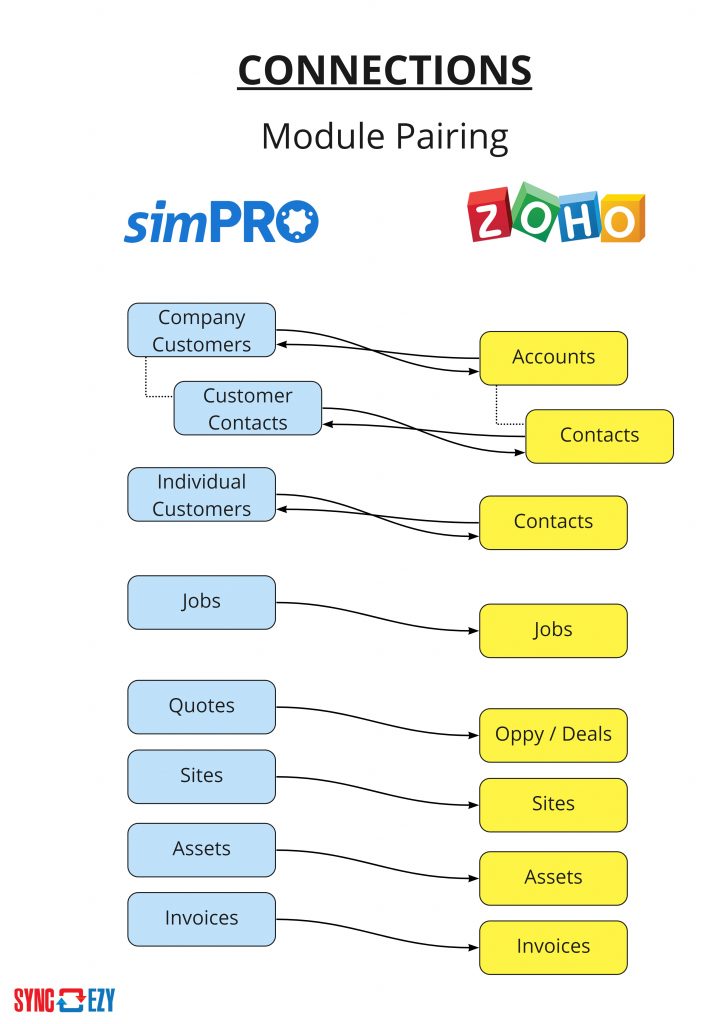
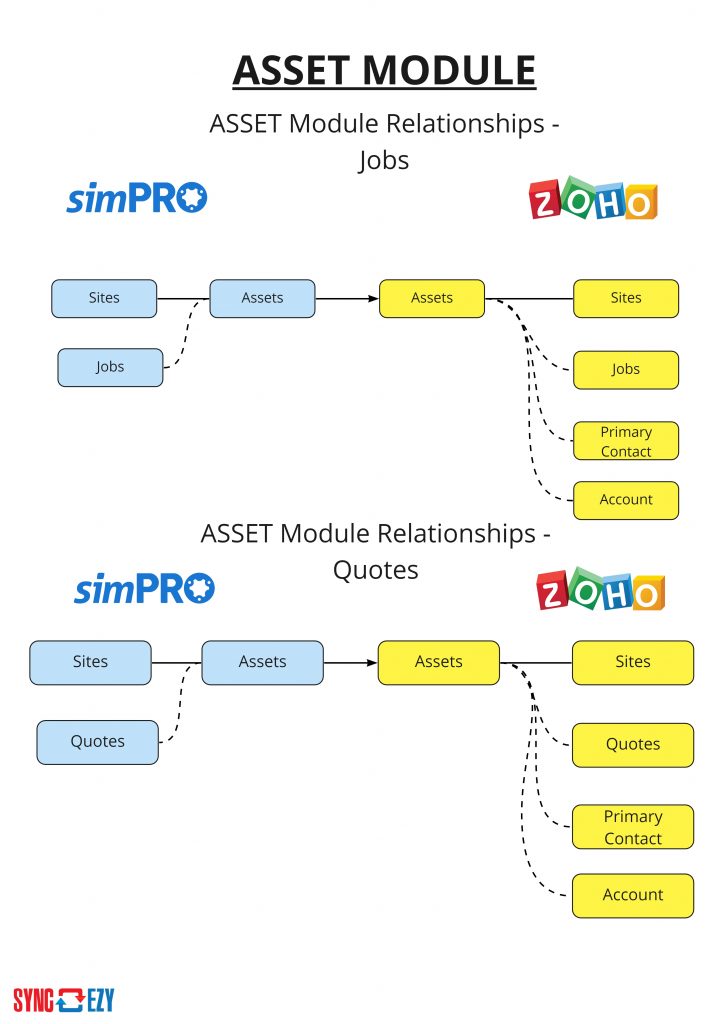
Phase 2: Build and Delivery
- Typical cost: $15,000 to $50,000
- Typical time frame: 4 – 16 weeks
This is where we implement the plan created in Phase 1, build the integration, test it, implement it and make it production-ready.
The cost of Phase 1 is fully rebated out of this estimate, so if you paid $2,000 for a pilot and the estimate in phase 1 came $10,000, you’ll only pay $8,000 now as we use the works done in Phase 1 to build the integration in Phase 2. The deliverable for this phase is the actual integration that does what we promised, our team will onboard and integrate your apps. Prepare documentation/recordings so you can use this in the future. Train your team on how to use the integration and the functionality of the integration. We will monitor the real-time use of the app in production for the first 30 days in an intensive monitoring phase then it will be moved to regular support. This is when we make the app available in our integration library.
Ongoing Support and Maintenance
We require a monthly fee to continue to provide support for the integration we’ve built. Ongoing we will continue to monitor the APIs of both platforms for changes and maintain existing functionality as is through the changes to the application APIs. We don’t do integrations without annual or monthly support as we care about the project’s success.

